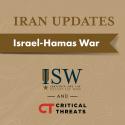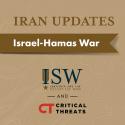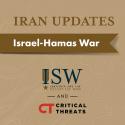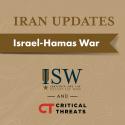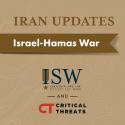Hezbollah likely conducted a drone attack targeting Prime Minister Benjamin Netanyahu’s residence in Caesarea, Israel, on October 19. Three drones crossed into Israeli territory from Lebanon on October 19. The IDF said that one of the drones "hit a building“ in Caesarea with no casualties. Israeli residents reported hearing a large explosion following the drone’s impact. Neither Netanyahu nor his wife were at the residence at the time of the impact, according to the Prime Minister’s Office. Leaked images of the residence show damage to the side of a building. Netanyahu warned in a statement that the Iranian-backed groups that tried to ”assassinate” him made a ”grave mistake.”



